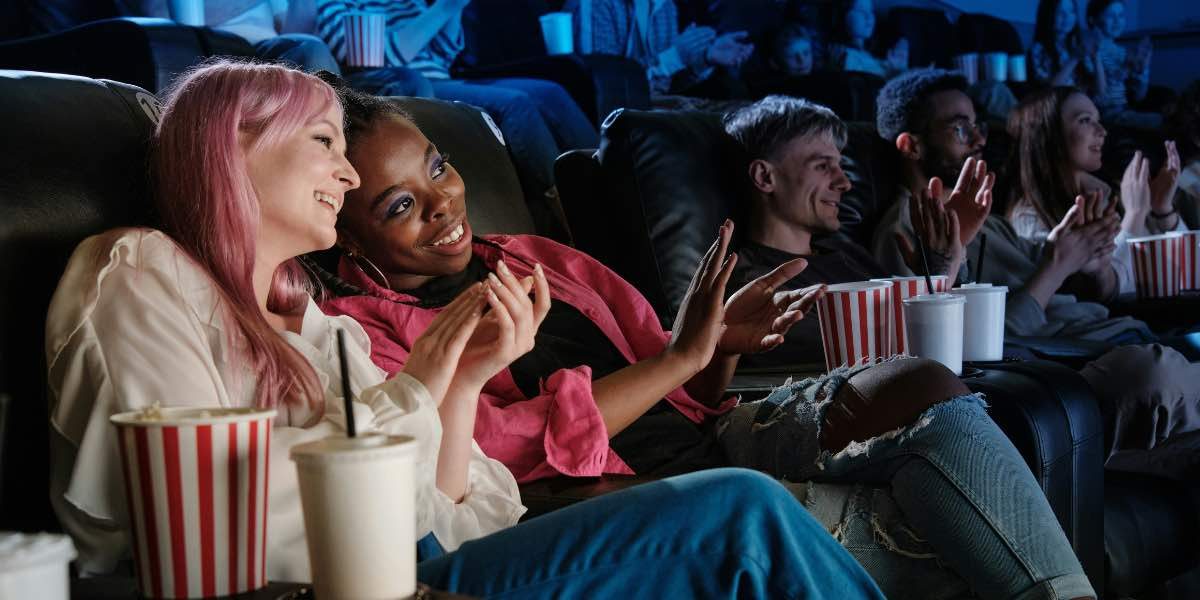Horror-comedy films have developed a distinctive place within cinema, combining elements of fear and humor to create an experience that can appeal to a varied audience. The success of these films at the box office is often linked to the way they engage viewers through emotional contrasts, offering entertainment that alternates between tension and relief. Understanding why horror-comedy films succeed involves examining audience responses, narrative techniques, cultural influences, and industry practices.
The genre blends the visceral reactions elicited by horror with the social and cognitive benefits of comedy. Horror’s capacity to induce heightened physiological states, such as increased heart rate and adrenaline, contrasts with the calming or connective effect that humor can produce. This emotional interplay often helps maintain audience interest by balancing suspenseful moments with comedic relief, which may reduce viewer fatigue and enhance enjoyment.
Read also: Reflecting on the Muted Colors of Modern Films
How Do Horror and Comedy Elements Combine to Appeal to Audiences?
The interaction between horror and comedy in film creates a structure where tension builds through frightening or unsettling scenes, then relaxes with humor. Horror elements may include suspenseful music, unexpected scares, or themes of danger and the supernatural. Comedy typically introduces levity through dialogue, absurd situations, or character interactions.
This combination can expand a film’s reach by attracting viewers who might avoid pure horror due to its intensity, as well as those seeking more than conventional comedy. The comedic tone can make frightening content more approachable, while horror can provide a sense of stakes that prevents the story from becoming overly light or predictable.
Narratively, many horror-comedy films use a pacing technique where scares are strategically offset by humorous moments, sustaining engagement. The contrast also creates opportunities for satire or social commentary, adding layers of meaning beyond surface entertainment.
What Psychological Factors Influence the Appeal of Horror-Comedy?
Audience psychology contributes significantly to the reception of horror-comedy films. Experiencing fear in a controlled environment allows viewers to confront anxiety-provoking stimuli without real danger, a process sometimes described as a form of emotional regulation. Humor interspersed with fear can enhance this effect by providing a sense of safety and social connection.
The alternating emotional states may lead to a cathartic experience, where tension is built and released repeatedly. This can make the viewing experience feel dynamic and rewarding, particularly in group settings where shared laughter following a scare can strengthen social bonds.
The unpredictability of shifting between horror and comedy can also sustain attention by surprising the audience, an important element in maintaining engagement in film narratives.
How Does Cultural Context Shape the Reception of Horror-Comedy Films?
Cultural factors influence which themes, humor styles, and horror motifs resonate with audiences. Different cultural backgrounds may affect perceptions of what is frightening or amusing, which in turn shapes how horror-comedy films are constructed and received.
Successful films in this genre often adapt their content to align with cultural norms or use humor that reflects societal experiences. This adaptation can help connect with local audiences by addressing familiar fears or social issues in a humorous way.
Social and historical contexts also affect reception; periods marked by uncertainty or stress may influence audience preferences for entertainment that offers both tension and relief. Horror-comedy can serve as a vehicle for exploring collective anxieties through a satirical or playful lens.
What Role Do Budget and Marketing Strategies Play in Box Office Performance?
The financial profile of horror-comedy films often differs from that of high-budget blockbusters. These films frequently operate with moderate budgets, which may lower financial risk and allow for a wider range of creative approaches. Production costs are often focused on special effects, makeup, and practical sets that support both horror and comedic elements.
Marketing strategies tend to emphasize the genre’s dual nature by showcasing scenes that illustrate both scares and laughs. Trailers and promotional materials that clearly communicate the tone help manage audience expectations, reducing the possibility of disappointment from viewers anticipating either pure horror or straight comedy.
Engagement through social media and word-of-mouth can be particularly impactful for this genre. Audience discussions about surprising plot twists or memorable comedic moments contribute to sustained interest and attendance.
How Does Innovation Affect the Appeal and Success of Horror-Comedy?
Innovation plays a role in attracting audiences to horror-comedy films. Introducing fresh storytelling techniques, mixing subgenres, or incorporating contemporary themes can differentiate films in a crowded market. Some films use unconventional narrative structures or blend horror-comedy with other genres, such as thriller or fantasy, to expand creative possibilities.
Technological advances in visual and sound effects also contribute to audience immersion, enabling filmmakers to create unique atmospheres that enhance both scares and comedic timing.
Nonetheless, maintaining a balance between horror and comedy is essential; tonal inconsistencies may reduce audience satisfaction. Films that navigate this balance thoughtfully often receive more positive responses.
Concrete examples of innovation include the use of self-aware characters who comment on genre conventions, or plot devices that subvert audience expectations to generate both humor and suspense.
Read also: Navigating the World of Film Photography: A Beginner’s Guide
How Do Social Viewing Experiences Influence Horror-Comedy Success?
The social context in which horror-comedy films are viewed affects their appeal. Watching these films in groups can amplify emotional responses, as shared laughter and collective reactions to scares create a communal atmosphere.
Such shared experiences may increase enjoyment and promote repeat viewing or recommendations. This dynamic can enhance box office performance, as films that become topics of conversation tend to maintain visibility longer in the marketplace.
Film festivals, midnight screenings, and themed events also contribute to building communities around horror-comedy, creating cultural spaces where audience enthusiasm supports commercial success.
Horror-comedy films tend to find box office success through a combination of factors including their ability to blend fear and humor, appeal to psychological and social dynamics, and adapt to cultural contexts. Budgeting and marketing strategies that reflect the genre’s dual nature, along with innovation in storytelling and production, contribute to their commercial performance. These films often thrive on the interplay of suspense and levity, engaging audiences in ways that extend beyond the traditional boundaries of either genre alone.







